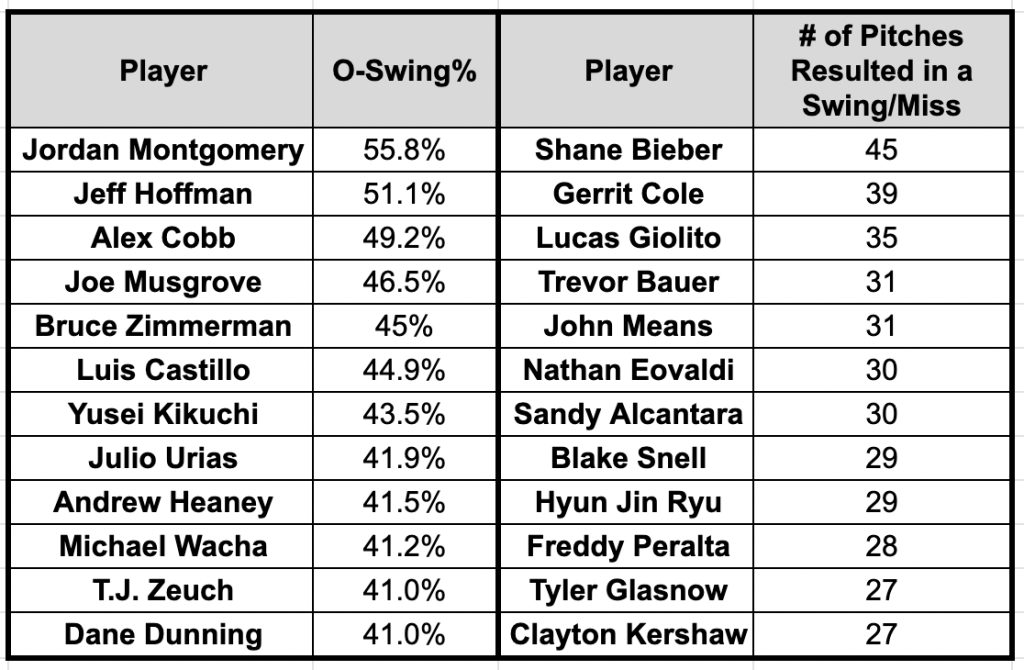In the realm of baseball wagering, pitcher walk MLB prop bets are gaining popularity due to their intriguing blend of complexity and potential for profit. A walk prop bet is a wager that predicts the number of bases-on-balls a pitcher will allow during a game. While traditionally, such predictions were made relying on surface-level metrics like the pitcher’s walk rate or control, the advent of advanced analytics has allowed bettors to leverage more nuanced statistics. Among these advanced metrics, one of the most insightful for predicting pitcher walk prop bets is ‘Chase Rate’.
Chase Rate is a stat that measures how often a batter swings at pitches outside the strike zone. It’s an indicator of a pitcher’s ability to induce batters into making poor decisions, thus reducing the likelihood of issuing walks. The logic behind using this metric is simple: the higher a pitcher’s Chase Rate, the fewer walks they should theoretically give up, making it a valuable tool for predicting walk MLB prop bets.
To predict pitcher walk MLB prop bets effectively, it’s important to understand the direct correlation between Chase Rate and walk rate. If a pitcher has a high Chase Rate, this implies they are good at ‘deceiving’ hitters into swinging at pitches outside the strike zone, thereby reducing the likelihood of walks. On the contrary, a lower Chase Rate indicates that hitters are more selective against a given pitcher, which might result in a higher walk rate.
However, just like any betting strategy, utilizing Chase Rate isn’t foolproof. While it offers valuable insights, it’s also crucial to factor in variables such as the pitcher’s historical performance, the opposing team’s discipline at the plate, and specific game conditions such as the ballpark, weather, and umpiring. These factors can considerably impact a pitcher’s ability to induce swings at bad pitches and, consequently, their walk rate.

For instance, consider a matchup between a pitcher with a high Chase Rate and a team known for their plate discipline. In this scenario, even if the pitcher’s Chase Rate suggests a lower likelihood of walks, the opposing team’s patience could neutralize this advantage, leading to a higher walk total than expected. As such, contextual analysis is vital when using Chase Rate as a predictive tool.
Furthermore, while Chase Rate is a useful predictor, it’s crucial to also consider complementary metrics. One such metric is ‘Zone Percentage’, which measures how often a pitcher throws within the strike zone. If a pitcher has a low Zone Percentage but a high Chase Rate, they rely heavily on fooling batters, which could backfire against disciplined hitters. Conversely, a high Zone Percentage and Chase Rate suggest that a pitcher can command the zone and induce poor swings, a potent combination that typically results in fewer walks.
It’s also beneficial to monitor ‘Swing and Miss Rate’, which is the frequency with which batters swing and miss at a pitcher’s offerings. This could add another layer of understanding to how effective a pitcher is at inducing poor decisions from batters. For example, a high Swing and Miss Rate combined with a high Chase Rate indicates a pitcher who is adept at making batters swing at pitches that they can’t hit, resulting in fewer walks and potentially more strikeouts.
As baseball continues to evolve and analytics become more integral to understanding the sport, advanced metrics like Chase Rate offer a more nuanced approach to predicting pitcher performance. While the correlation between Chase Rate and walk rate is not absolute, it provides a deeper level of insight than traditional metrics.
In conclusion, utilizing Chase Rate as a predictive tool for pitcher walk prop bets offers a sophisticated approach that goes beyond surface-level stats. However, the key to success lies in understanding the complexity and interdependence of various metrics, and contextualizing them based on the unique conditions of each game. This




